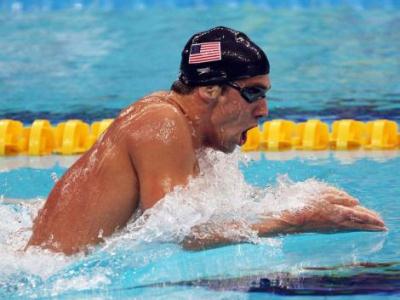Swimming With Back Pain
Swimming is one of the greatest forms of exercise for people with back pain. Whether your pain is caused by a joint, soft tissue, spinal disc or bone injury, swimming can help you safely build muscular and cardiovascular health which promote healing. Water’s density makes it an ideal workout environment; your weight is reduced in water causing less stress on your bodily structures and the density provides resistance against which your muscles work. Another plus is that warm water surrounding your body causes increased blood flow, which can help heal injured structures.
Reaping the benefits of water doesn’t have to cost a lot of money. Many community centers, YMCAs and other similar organizations offer inexpensive or free access to indoor, year-round pools. While you could spring for a class, many people choose to enjoy water exercise in their own way and on their own time by swimming.
It’s hard to think of a more perfect kind of workout for back pain than water exercise. As with any form of exercise, though, there is risk of injury. The best way to avoid harm when swimming is to know what can cause it. The following information will help you protect your back and neck from injury while swimming.
Form
There are various strokes used in swimming, and each has potential form difficulties. During the breaststroke, frog kick and crawl, for example, it may be easy for you to hyperextend your back, meaning that it arches inward too much. While water exercise is typically ideal for people with joint problems, a hyperextended back can cause further joint problems.
During any front or side stroke, proper form when taking breaths is imperative. If you’re going fast and you need air, you may find yourself jerking your head up or far to the side for air rather frequently. Any jerking motions can cause an injury to the neck as well as the back. Make sure your head stays in line with the body when going up for air. Also, try to exhale evenly; this will decrease the amount of times you need to come up for air.
Though not necessarily a form problem, neck pain can result in beginners attempting the backstroke. This is because the muscles in the front of the neck work during this stroke to hold the head out of water. When they aren’t used to being worked this hard, they can grow fatigued. Start slow with the backstroke.
When doing a flip turn underwater, it is important to keep your head tucked in close to the body. Holding it away from the body will cause the water to push it backward, straining the muscles, ligaments and joints.






0 Comments
You can be the first one to leave a comment.